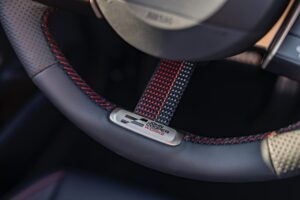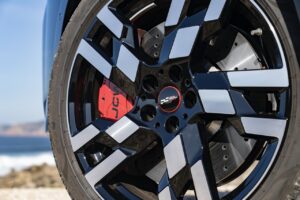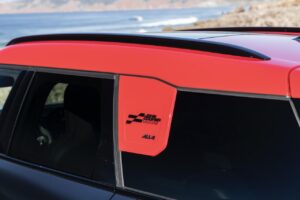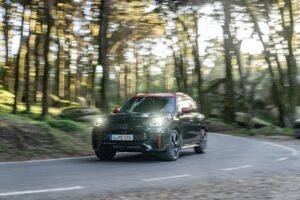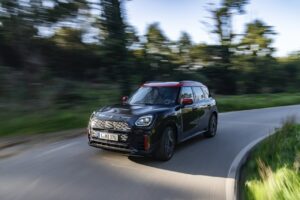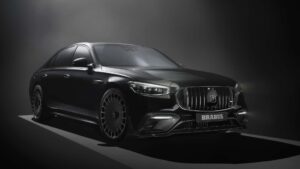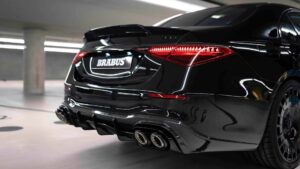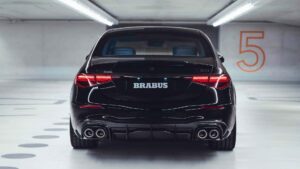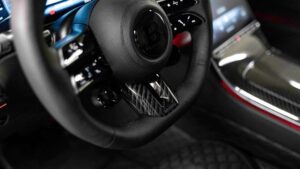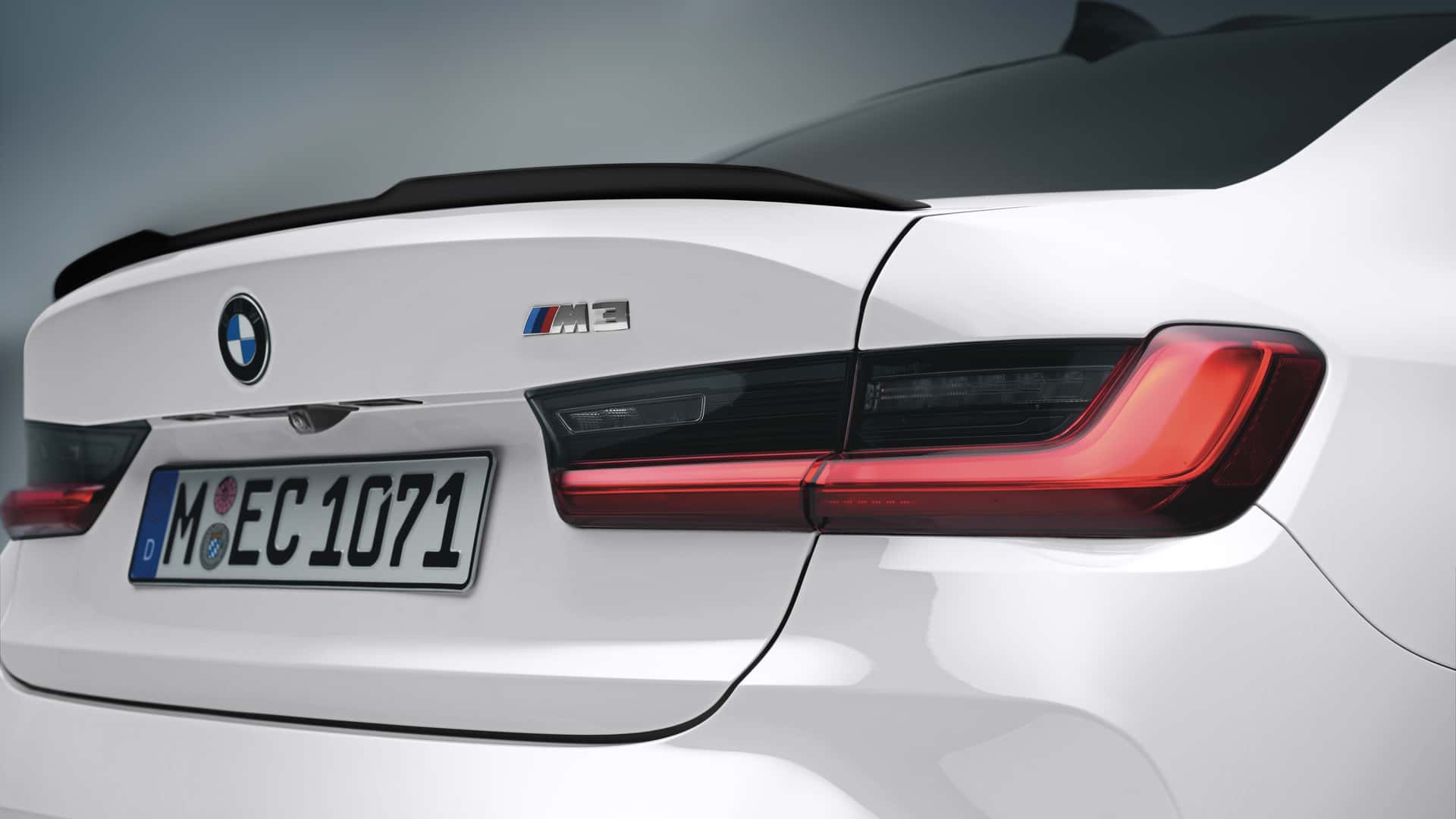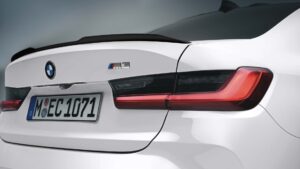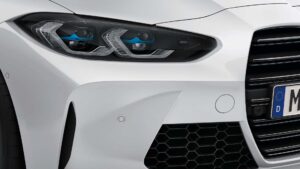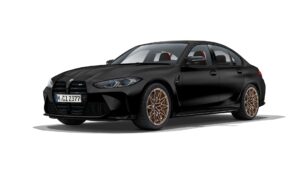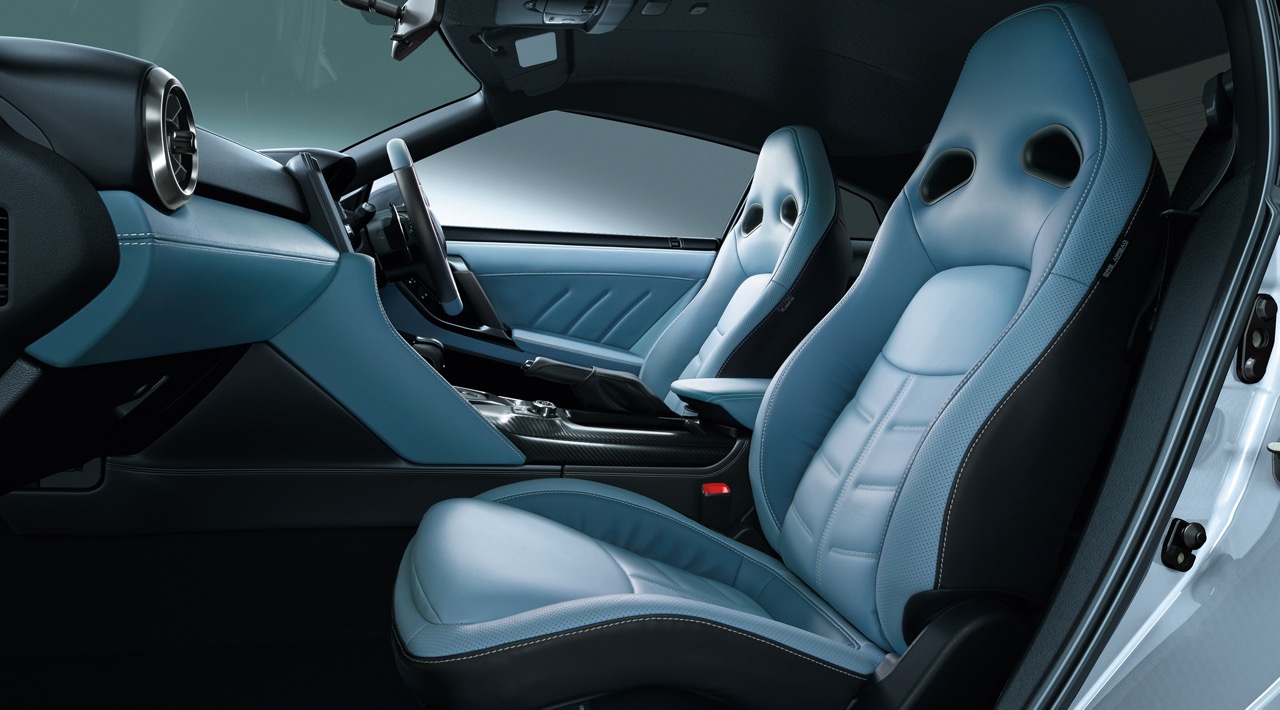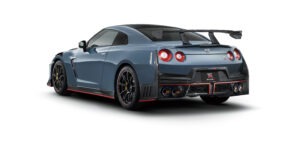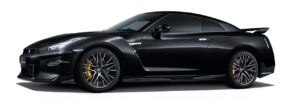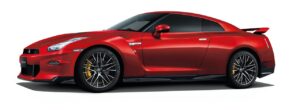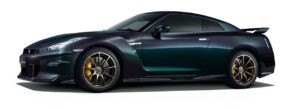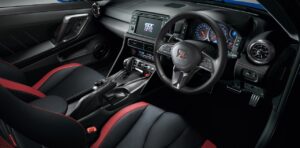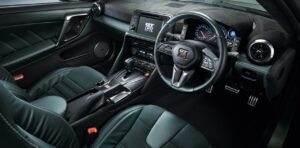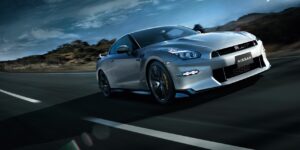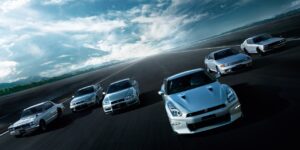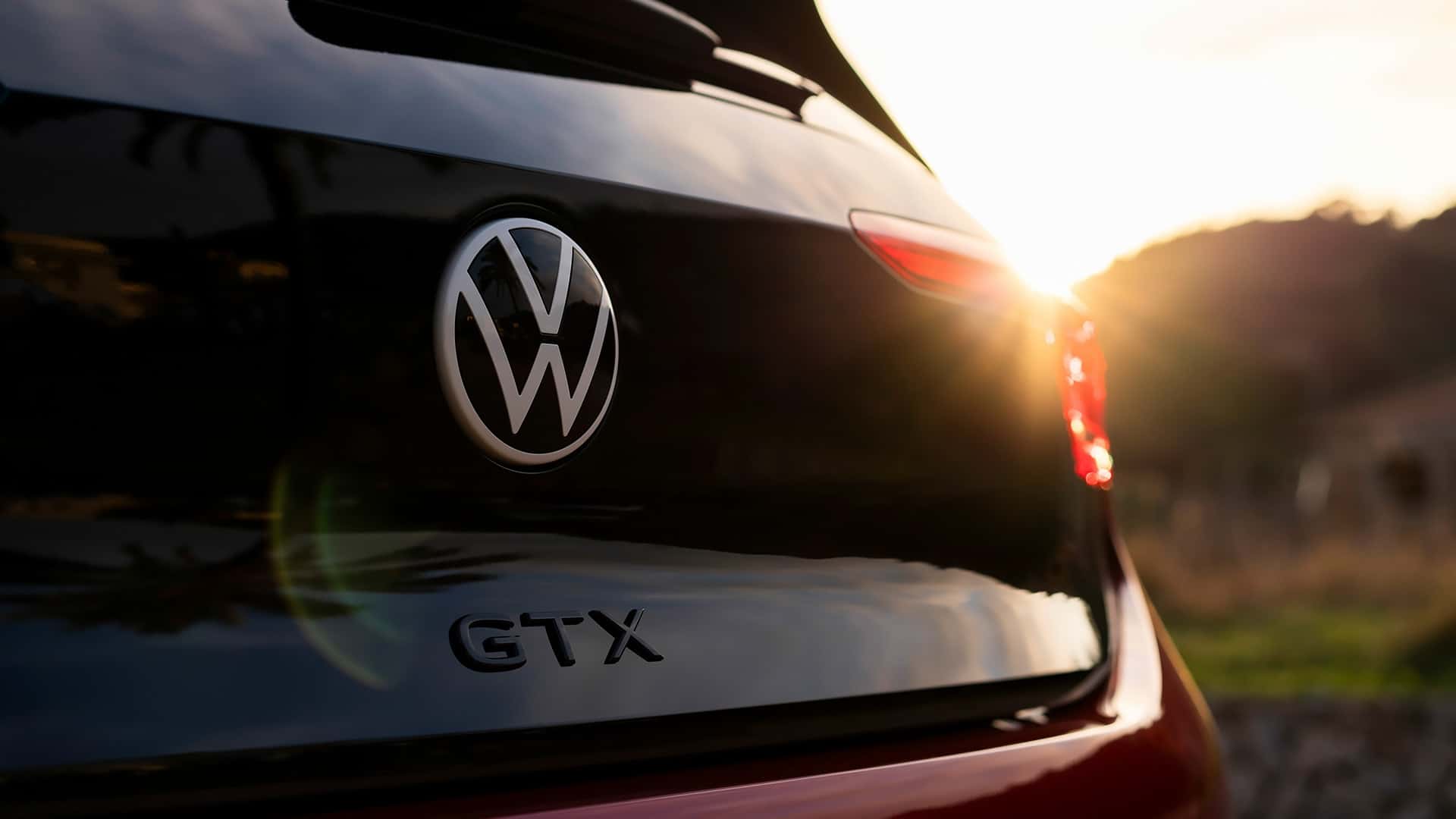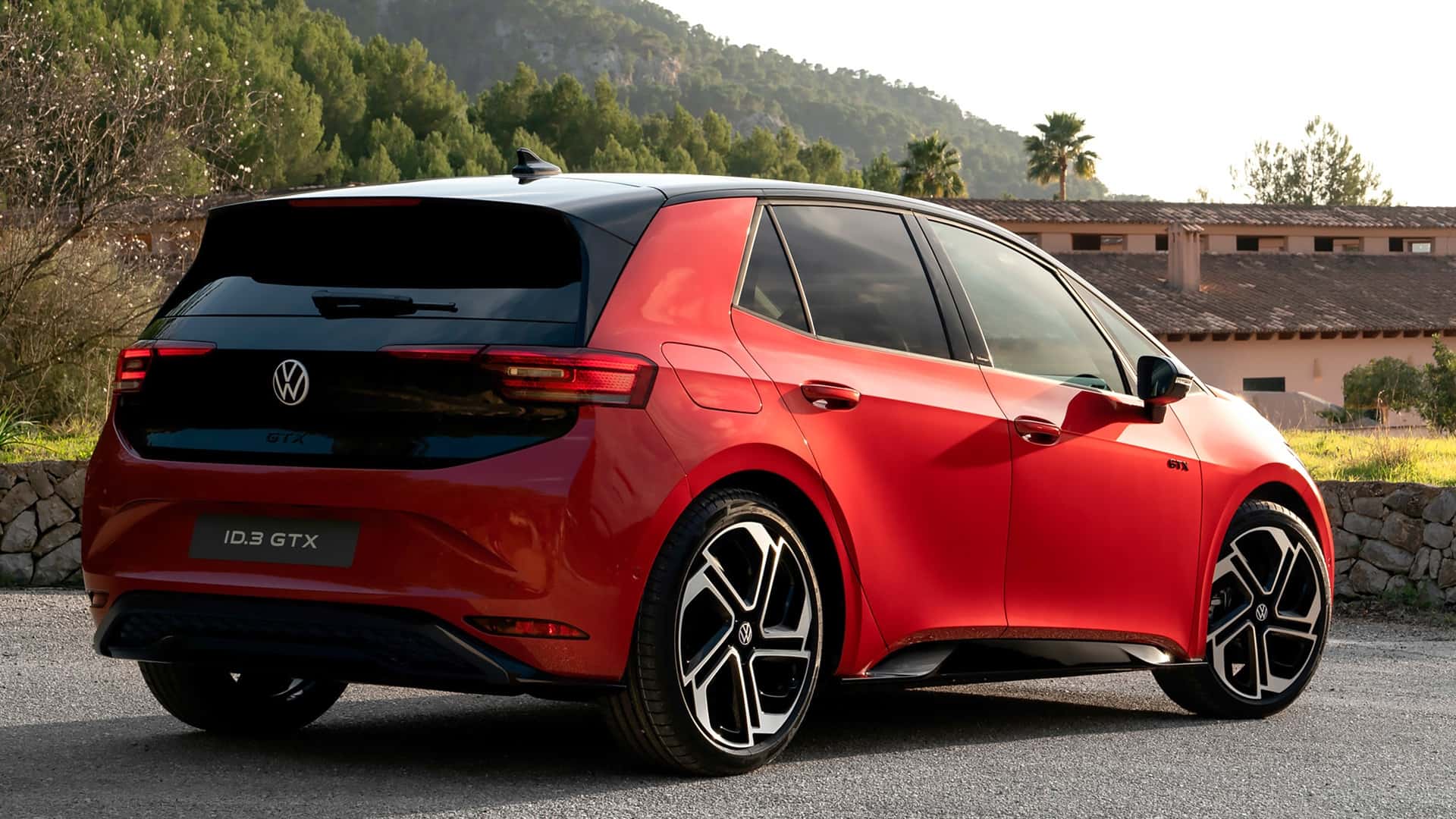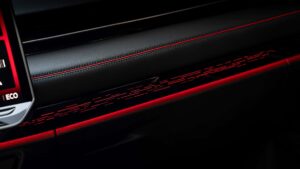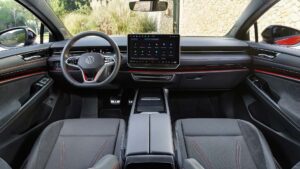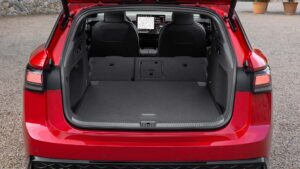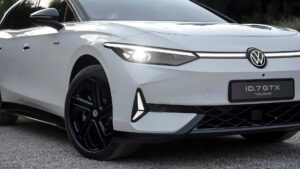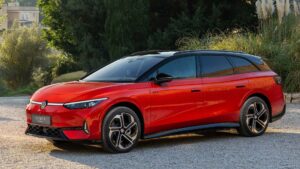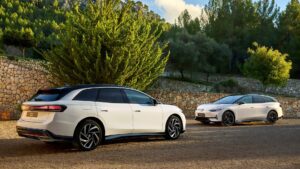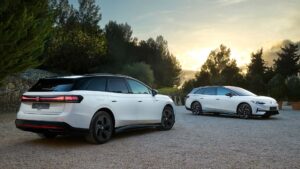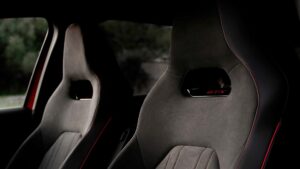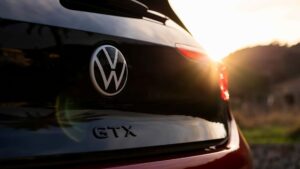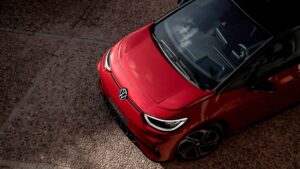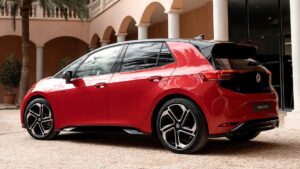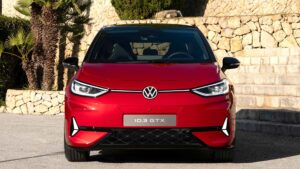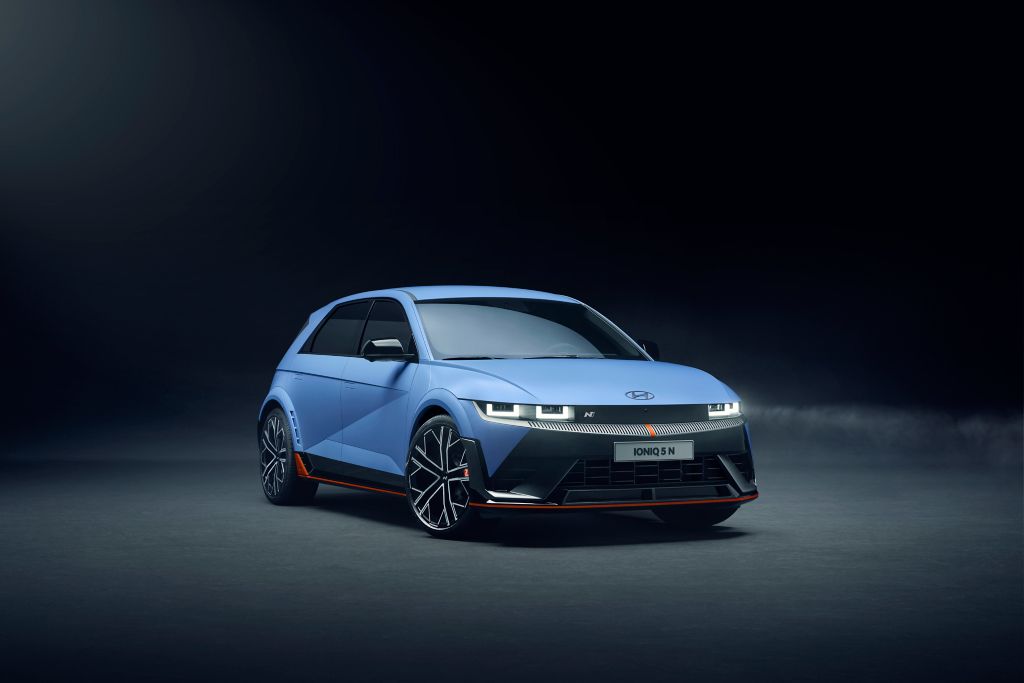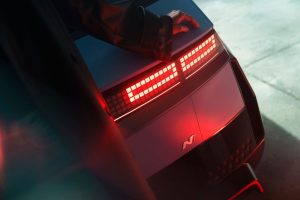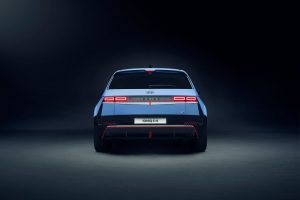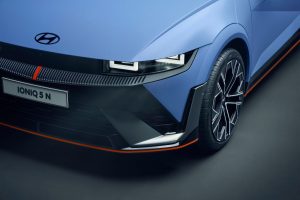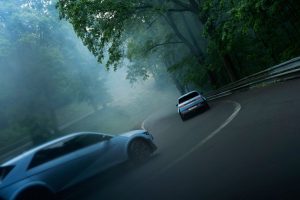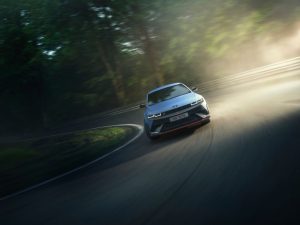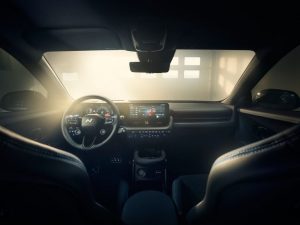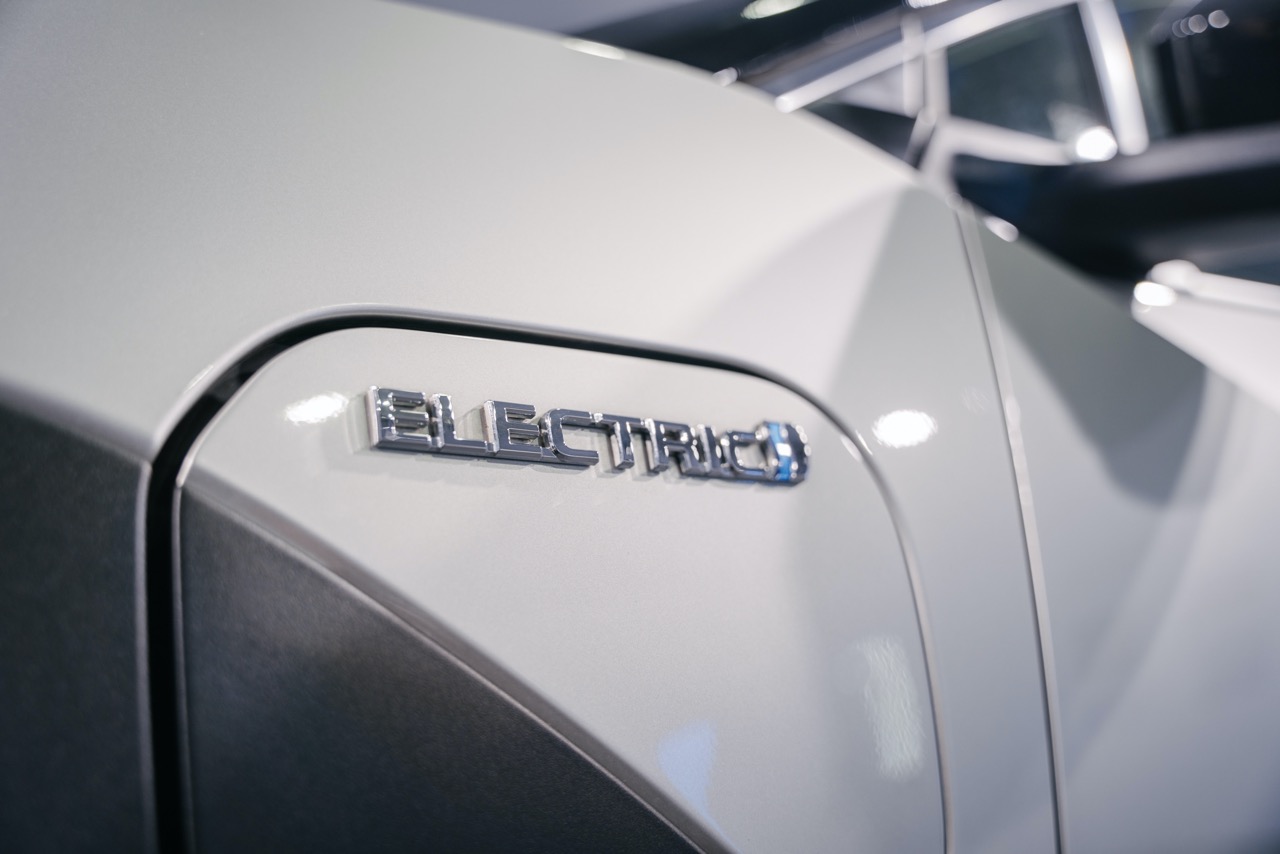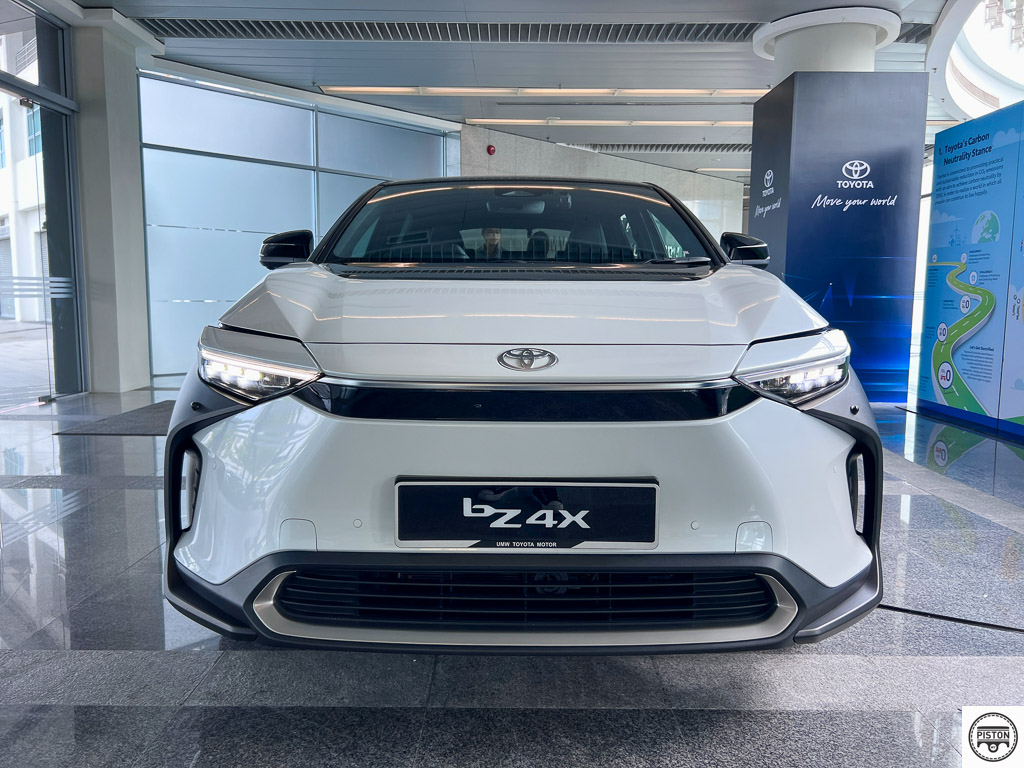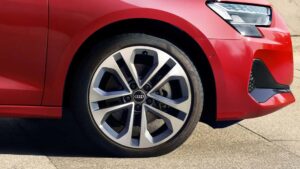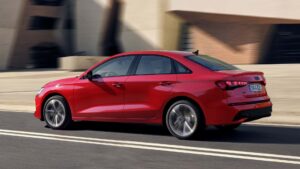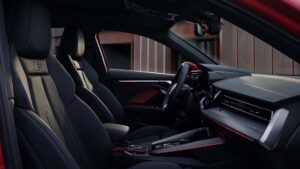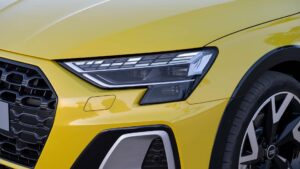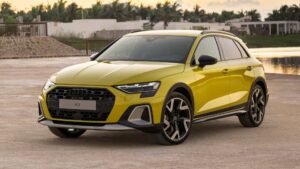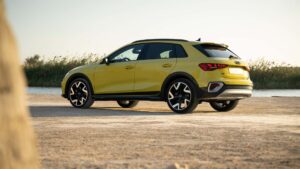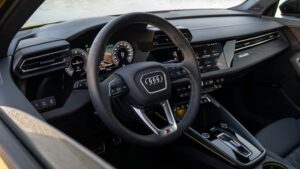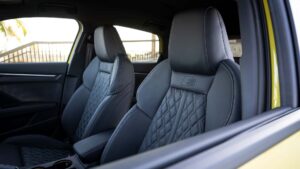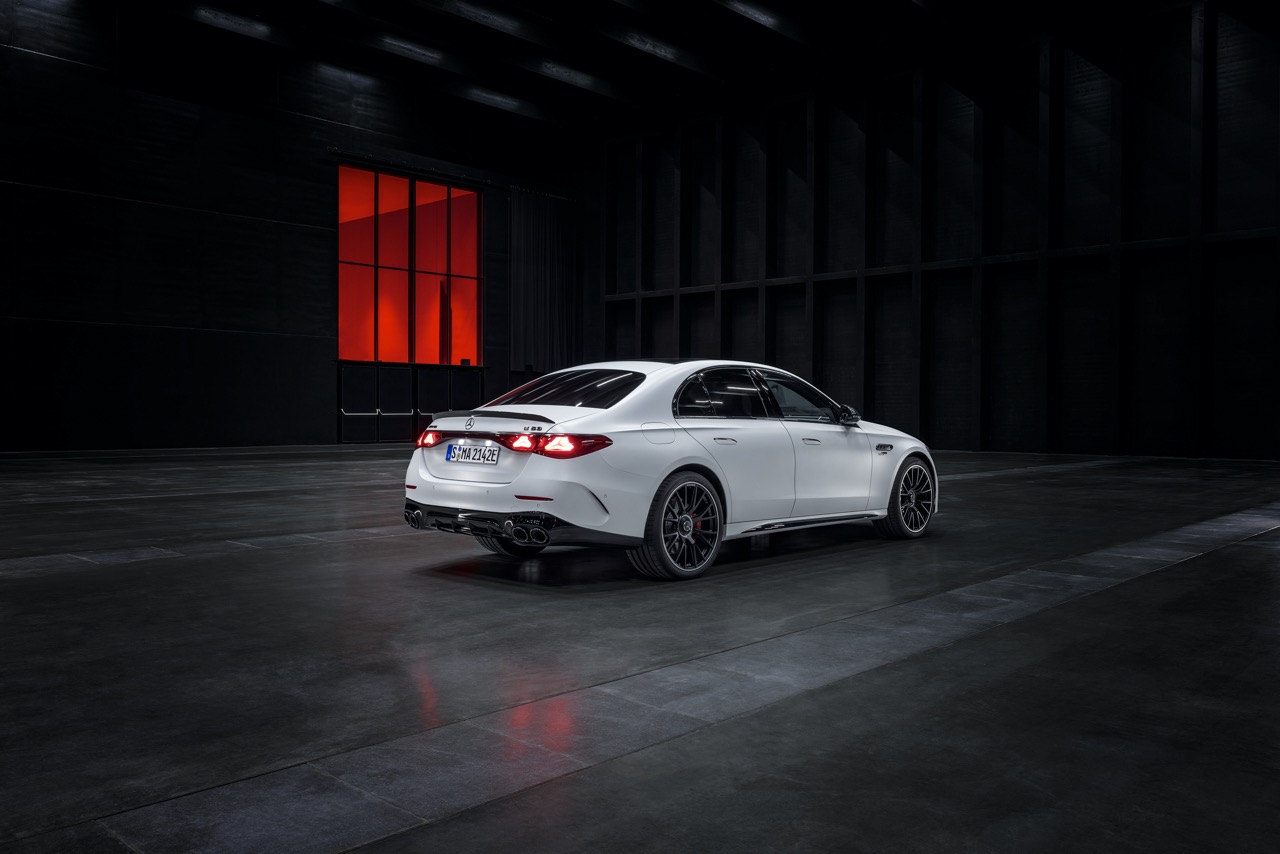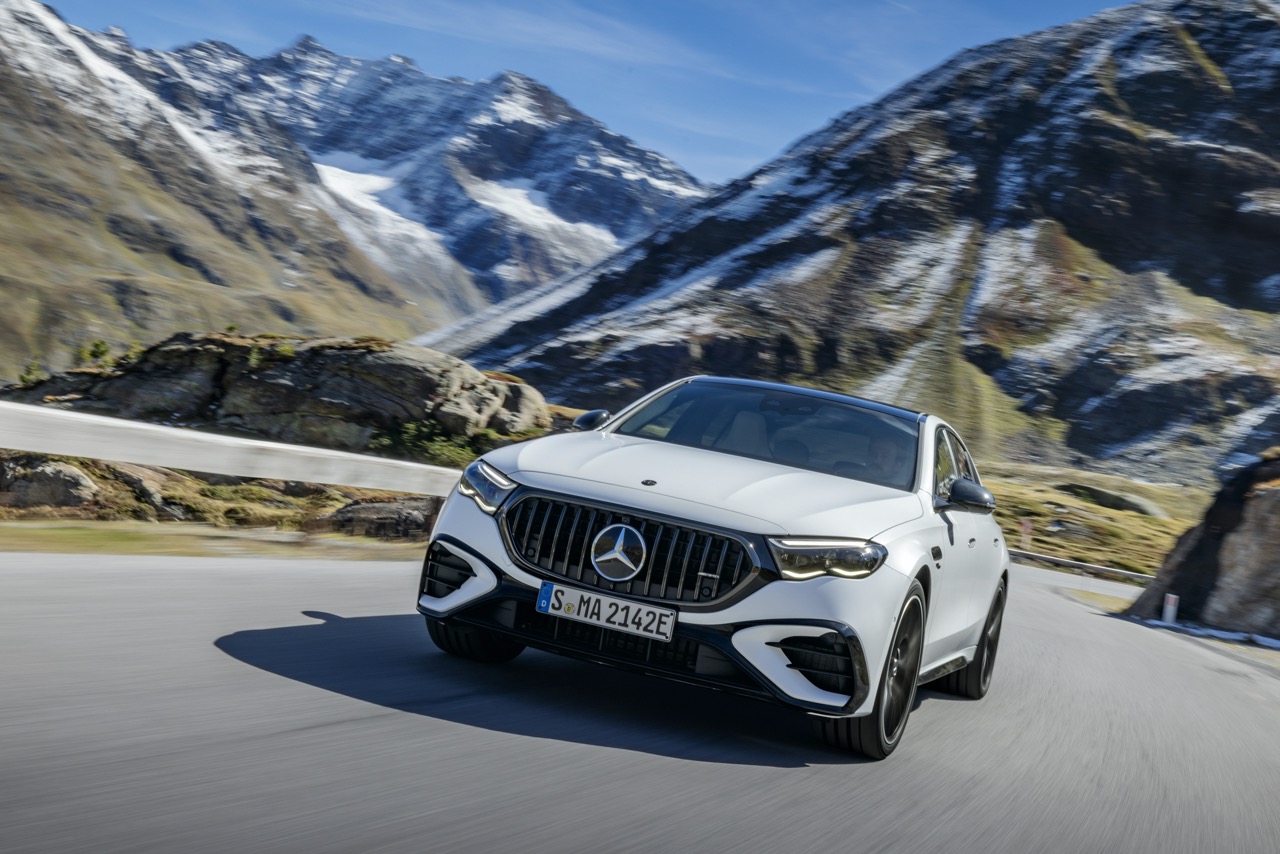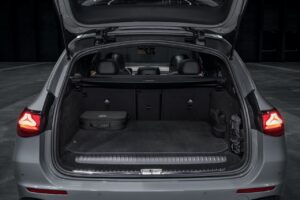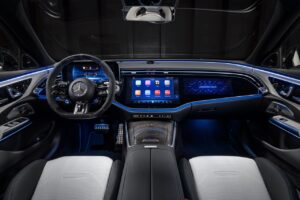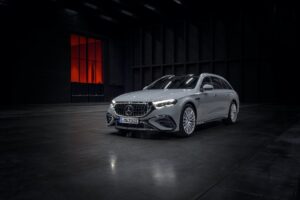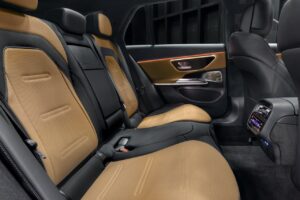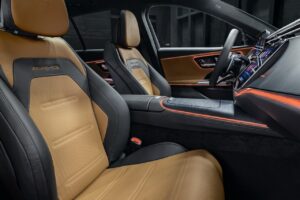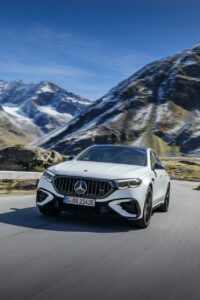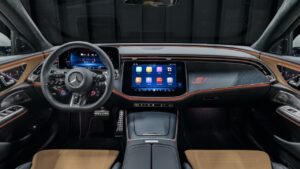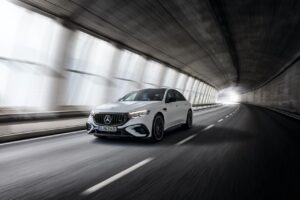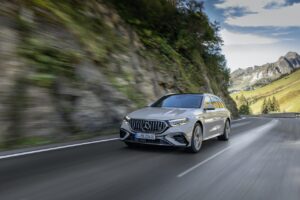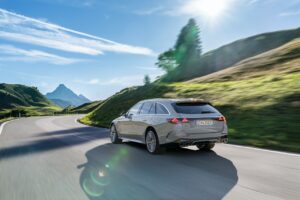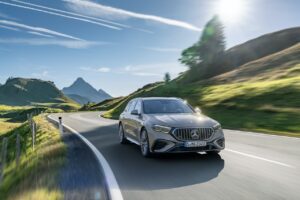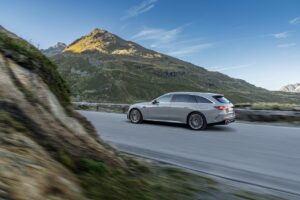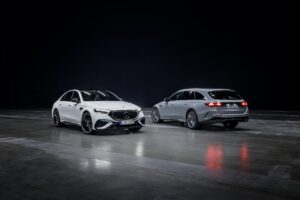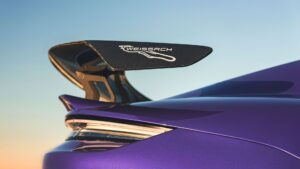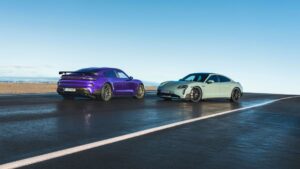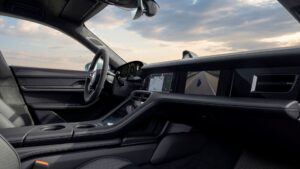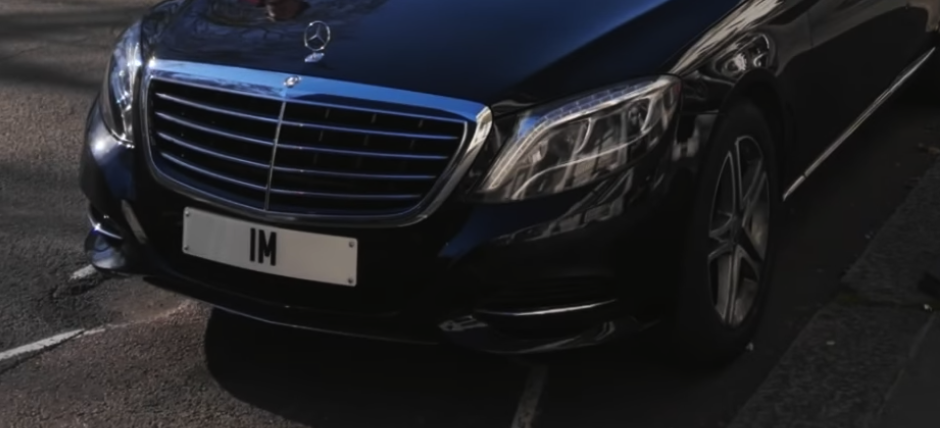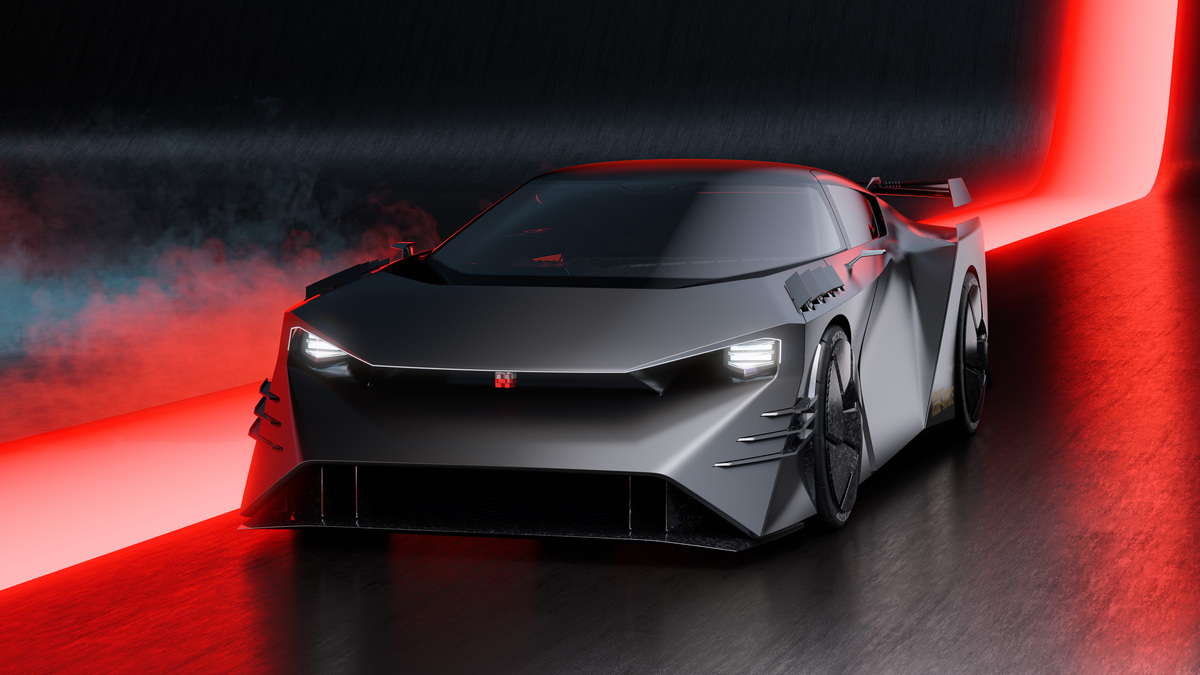Porsche enthusiasts and speed aficionados rejoice as the legendary automaker expands its electrifying lineup with the exhilarating Taycan Turbo GT and the track-focused Taycan Turbo GT with Weissach package. Representing the pinnacle of all-electric sports sedan performance, these models promise an adrenaline-fuelled driving experience like no other.
Harnessing peak power exceeding 1,100PS, both variants of the Taycan Turbo GT boast unparalleled performance capabilities. Combined with advanced lightweight construction and aerodynamic enhancements, these electric marvels redefine the standards of driving dynamics in the realm of GT sports cars. Enhancing the rear axle’s prowess is a more potent and efficient pulse inverter utilising silicon carbide as the semiconductor material. The maximum torque in both versions is up to 1,340Nm.

The Taycan Turbo GT with Weissach package solidified its status as the fastest electric series-production car by setting an impressive lap time of 1:27.87min at the Weathertech Raceway Laguna Seca, California, on February 23, 2024.
For those seeking an extra surge of power, the “Attack Mode” unleashes up to 160hp of additional power at the push of a button, reminiscent of the push-to-pass function utilised in Porsche’s 99X racing cars competing in the Electric ABB FIA Formula E World Championship.

Underneath the hood, Porsche engineers have revamped the Taycan model line, boosting the overall system power. A new rear-axle motor ensures even more dynamic performance compared to its predecessors. Equipped with a more powerful pulse inverter, both models command an impressive 777hp, surging to a staggering 1,019hp with Launch Control or up to 1,092hp for two seconds according to peak power measurements.
Acceleration is blisteringly quick, with the Taycan Turbo GT sprinting from zero to 100km/h in just 2.3 seconds, while its Weissach package counterpart does it in 2.2 seconds. This puts them ahead of the Taycan Turbo S, offering an unmatched driving experience. Moreover, the acceleration from a standstill to 200km/h is equally impressive, clocking in at 6.6 or 6.4 seconds for the Taycan Turbo GT without/with Weissach package, significantly outpacing the Taycan Turbo S.
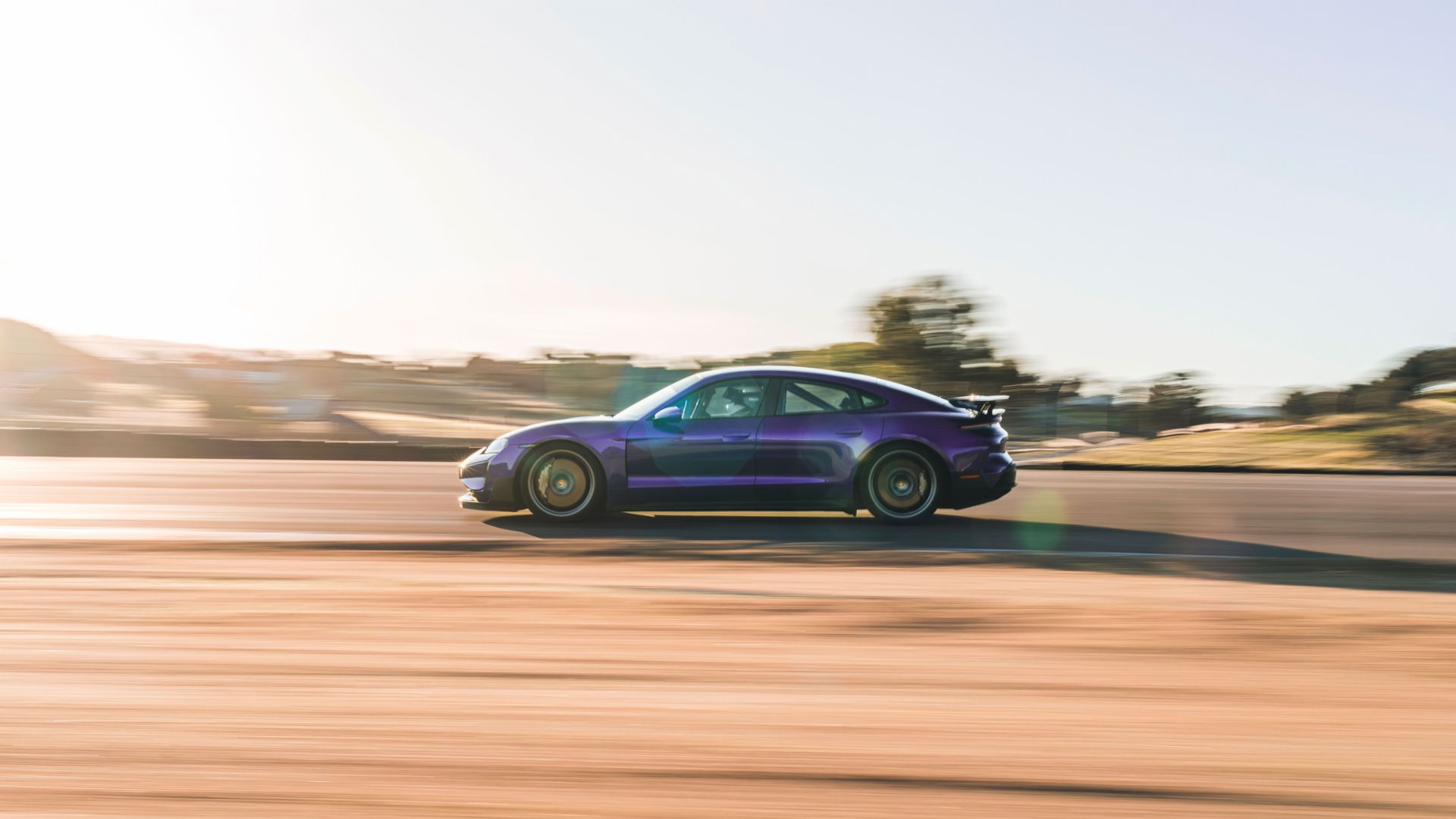
Not only do these models deliver exhilarating performance, but they also prioritise efficiency with an electric driving range of up to 555km according to WLTP measurements.
Crafted with meticulous attention to detail, Porsche has meticulously reduced the weight of the Taycan Turbo GT by up to 75kg compared to its predecessors, employing carbon fibre in various components. The Weissach package further enhances performance by shedding an additional 70kg, replacing the rear seats with a lightweight carbon cladding and optimising other elements for track prowess. In addition, the equipment package includes special performance summer tyres. They are mounted on 21-inch lightweight forged wheels.

Inside the cabin, the Taycan Turbo GT exudes racing-inspired luxury, featuring full bucket seats, and exclusive interior trims. The Weissach package elevates the driving experience with additional aerodynamic and lightweight construction measures, reaffirming its position as the ultimate track weapon.

With its groundbreaking performance, cutting-edge technology, and unrivaled craftsmanship, the Porsche Taycan Turbo GT models set a new benchmark for electric sports sedans, embodying the relentless pursuit of excellence synonymous with the Porsche legacy.










